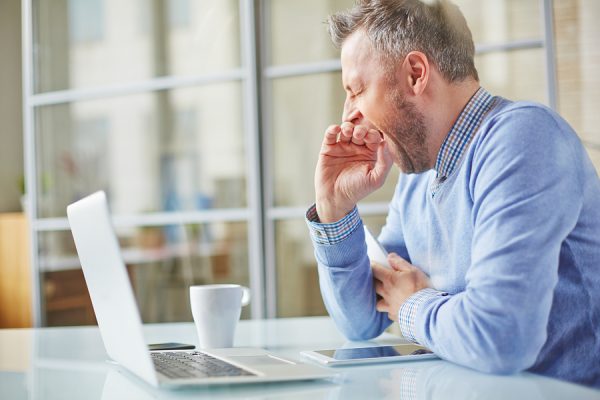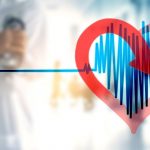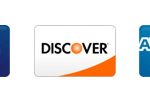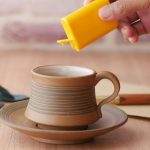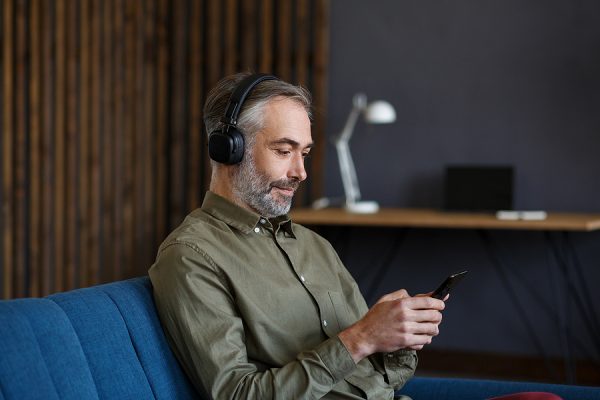A few years after I entered medical school my life was turned upside down. I went from being a nine-to-five clinical pharmacist to becoming an acutely sleep deprived medical student in a heartbeat.
It wasn’t easy.
I clearly remember hitting my third year of med school. That’s when those long, punishing hours of clinical rotations on the wards began. After that, there wasn’t time for anything else. Not even sleep.
So I trudged through my shifts. Sometimes if felt like I was sleepwalking. Other times it felt like I was sinking into a vat of molasses, and desperately trying to swim out. But the thick, gooey syrup kept pulling me back down.
That’s when I discovered the power – and pleasure – of napping.
I’d sneak in five minutes of shuteye before writing down patient notes. I’d grab a quick 10-minute snooze prior to reviewing imaging studies.
This was just enough downtime to recharge my batteries, revive my brainpower and ensure I didn’t make any errors documenting treatment regimens and making diagnoses.
Without all of those thousands of short naps I took during clinical training, I doubt I would have survived it. I would never have had the alertness, energy and brainpower to receive my medical designation.
And I’ll tell you what. These days I feel extremely lucky to be able to nap for pleasure, not out of need. Seriously! There is nothing better than a 15 or 20-minute nap on a Sunday afternoon when I have nothing else to do.
Nothing Beats an Afternoon Siesta
Napping isn’t a new invention. Humans have been doing it since the beginning of time. And many countries like Spain, Greece and Italy still embrace napping as a part of their culture and daily routine.
Here in America we tend view it as a lazy activity. But that perception is slowly changing with big companies like Google, Huffington Post and Nike providing napping pods or quiet rooms for their employees.
Even NASA encourages napping, ever since they discovered that a 26-minute nap improves cognitive performance by 34% and alertness by 54%. …Even Edison, Einstein and Tesla took power naps.
Not only does a quick nap boost your mental prowess, it may also provide some pretty hefty health benefits.
- People who nap once or twice a week cut the risk of experiencing a major cardiovascular event (heart attack, stroke, etc.) by nearly half compared to people who don’t nap at all.
- A mid-day snooze can drop blood pressure by an average of 5 mm/Hg. That’s about the same reduction we see when dietary sodium is reduced. (However, I do NOT recommend replacing reduced sodium intake in favor of a nap. Try both.)
- Daytime naps improve memory retention. If you’re studying a new topic, a quick nap break between study sessions can help lock the data into your long-term memory for later retrieval.
- Taking a nap two to three hours before a workout may help improve exercise performance and duration, while reducing exercise fatigue.
In other words, if you are healthy and active, short siestas of 30 minutes or less can be a pleasant and healthful activity to help you get through your day with energy and alertness.
The Downside of Napping
But it’s not all good news.
If you suffer from excessive daytime sleepiness and nap for an hour or more daily, you could have an underlying health condition. These include things like sleep apnea, narcolepsy and insomnia… which are pretty obvious reasons for daytime drowsiness.
Additional conditions such as depression, neurological issues, adrenal insufficiency, respiratory illnesses and other health concerns can also play a role. Even the medicines you take.
So if you find yourself dragging through the days and taking naps that exceed 30 minutes… or if you need multiple naps to get your through the day… take time to pay a visit to your healthcare provider for a full workup.
SOURCES:
Rosekind MR, et al. Alertness management: strategic naps in operational settings. J Sleep Res. 1995 Dec;4(S2):62-66.
Häusler N,et al. Association of napping with incident cardiovascular events in a prospective cohort study. Heart. 2019
A Nap a Day Keeps High Blood Pressure at Bay. Press Release. American College of Cardiology. Mar 2019
Poulimenos L, et al. Mid-Day Sleep Effects As Potent As Recommended Lifestyle Changes In Patients With Arterial Hypertension. Journal of the American College of Cardiology. Mar 2019, 73 (9 Supplement 2) 20.
Cousins JN, et al. The long-term memory benefits of a daytime nap compared with cramming. Sleep. 2019 Jan; 42(1): zsy207.
Boukhris O, et al. Nap Opportunity During the Daytime Affects Performance and Perceived Exertion in 5-m Shuttle Run Test. Front Physiol. 2019; 10: 779.
Abdessalem R, et al. Effect of napping opportunity at different times of day on vigilance and shuttle run performance. Chronobiol Int. 2019 Oct;36(10):1334-1342.
Pagel JF. Excessive Daytime Sleepiness. Am Fam Physician. 2009 Mar 1;79(5):391-396.
Leng Y, et al. Daytime napping and the risk of all-cause and cause-specific mortality: a 13-year follow-up of a British population. Am J Epidemiol. 2014 May 1;179(9):1115-24.
